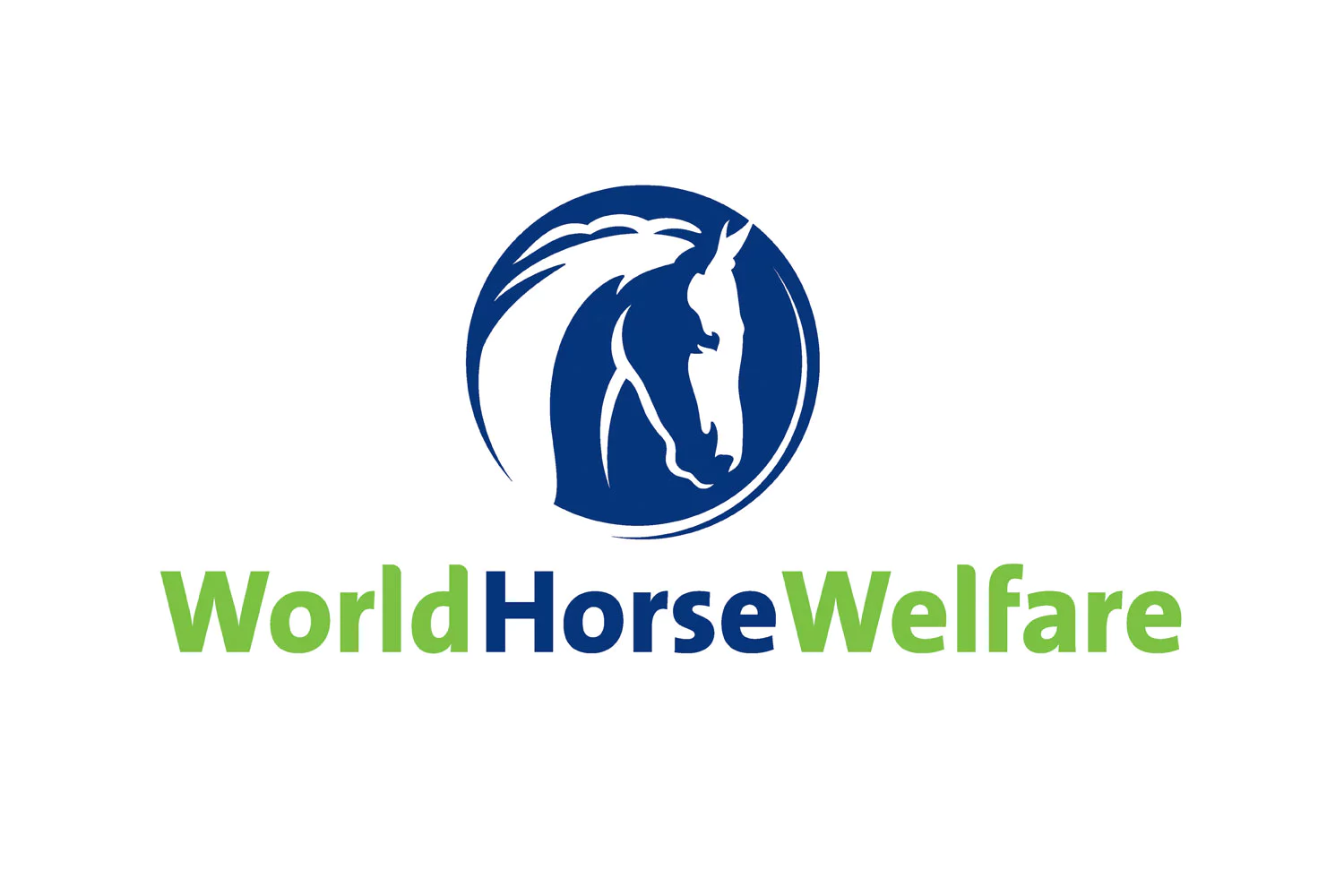How to help a needle-shy horse overcome their fear
Grooms Amy and Emily explain how they work with horses who are nervous with needles before a visit from the vet.
Posted on 11/10/2021

Horses who are frightened of needles can put themselves, their owner/handler, and the vet at risk, so we aim to make sure our horses and ponies are as relaxed with injections as possible – for everyone’s benefit!
We find that using positive reinforcement techniques can be hugely helpful, even with horses and ponies who have a firmly established phobia. Sometimes these horses have a whole lifetime of experience in which they have learned that moving away from a needle is a good thing to do. If, every time they back off, move away, rear, etc., the needle ‘goes away’ then that behaviour has been rewarded (by removal of the needle) and is therefore reinforced. So what we are aiming to do is reward the behaviour that we want (standing still) and not the behaviour that we don’t want (moving away, rearing, etc).
Positive reinforcement is an effective way of breaking this cycle of learned behaviour. However, it relies on very precise timing to make sure you reward the behaviour you actually want. For this reason, clicker training can be invaluable because it allows you to easily and precisely mark the behaviour you want. The timing of the reward itself (usually food) is then less critical.
If you choose to use clicker training, you might start by placing your hand on the horse’s shoulder or some other site where they are comfortable with you touching them. Now you click when they stand still and, immediately after the click, give them a treat. Do this several times, until they start to associate the click with the treat. You can now gradually work your way up to their neck, making sure you don’t click if they move about or shake their head and only click and give a treat when they remain still.
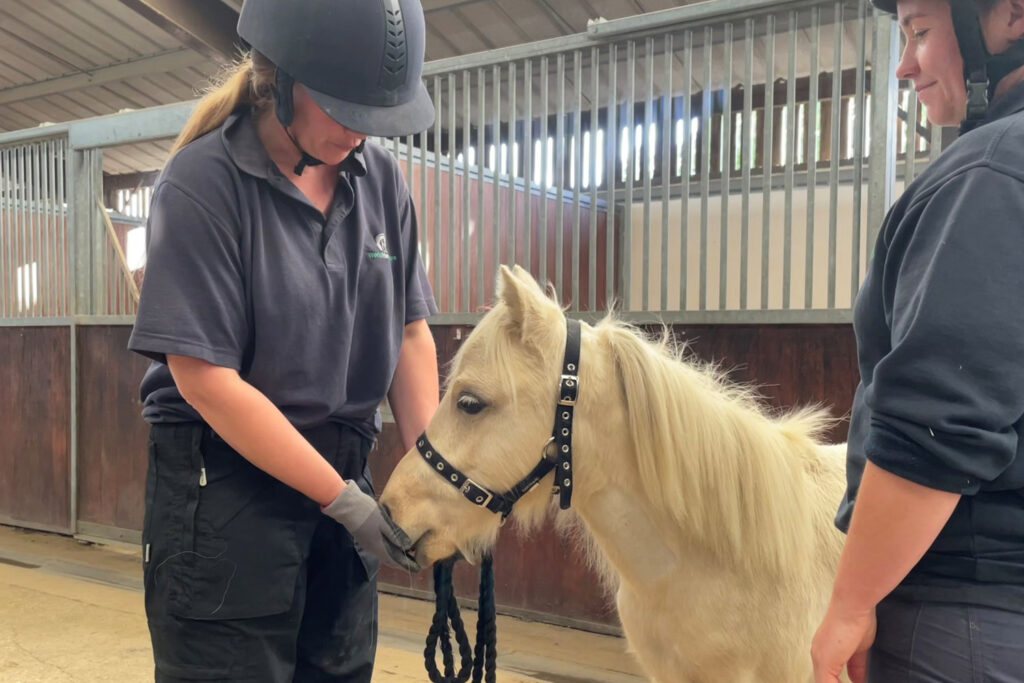
To begin with, you may need to click and treat for the slightest moment of being still but you can gradually build up the amount of time you ask the horse to remain still before you click and treat. Once the horse is entirely relaxed with your hand placed on their neck, you can then repeat this process using something like an empty syringe or a pen, initially holding it flat against the horse’s neck/shoulder.
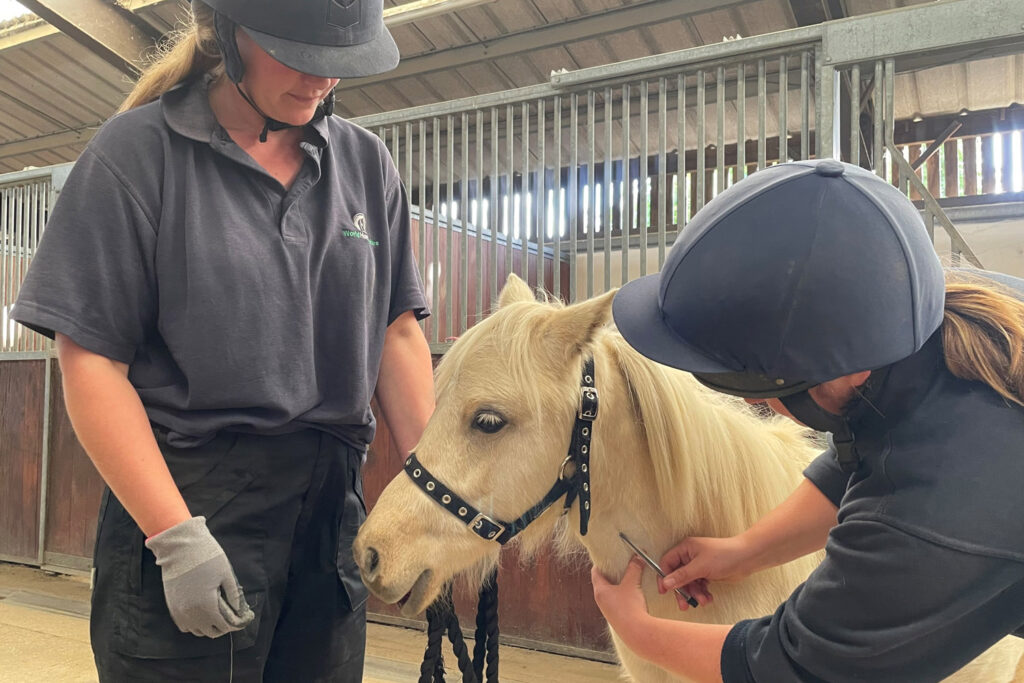
You’ll want to build this up until you can lightly pinch a fold of skin on the horse’s neck (as the vet would do to inject them) and press the end of the syringe/pen into their neck and they don’t react at all. You can then ask other people to repeat this process, including making sure the horse is still relaxed with this whilst someone else is holding their head. It can be easy to forget that normally horses only have one person dealing with them but, when the vet arrives, suddenly there are two people involved. It’s also worth considering the other elements that might be involved, such as unfamiliar “vet” smells like disinfectant. For instance, the vet may wipe the horse’s neck with alcohol to disinfect the area before taking blood so, ideally, you’ll mimic that too.
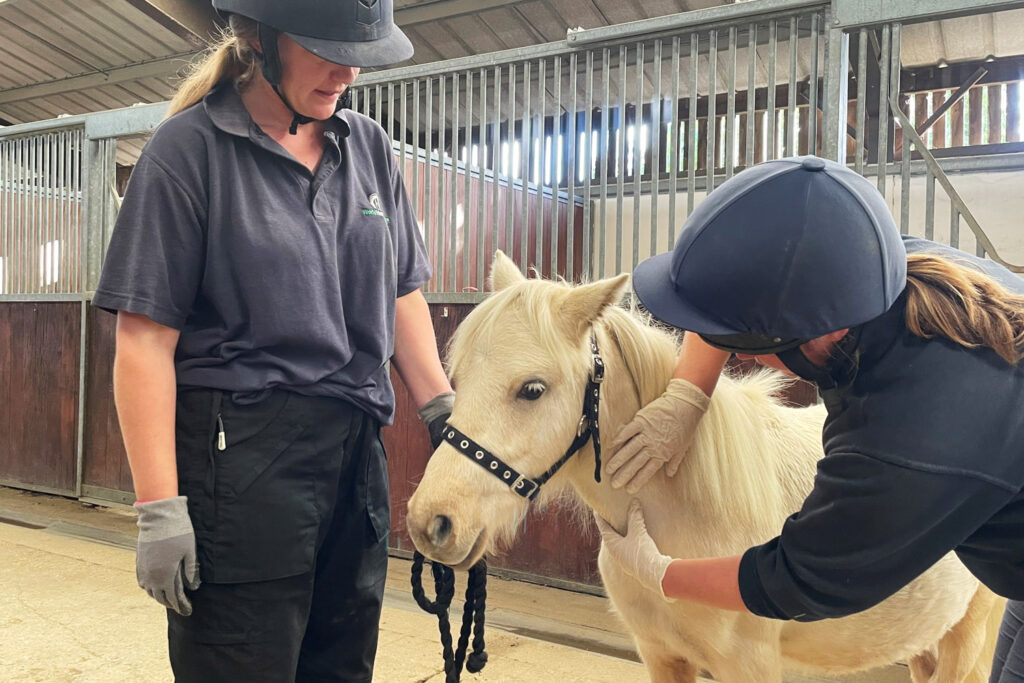
For intravenous (IV) injections or to take blood, the vet will need to apply pressure to the jugular vein (which is located in the jugular grove in the lower part of the neck, below the muscle) and they may then tap the raised vein before carrying out the injection. Even horses who are confident with intramuscular injections (such as vaccinations) can find IV procedures frightening, so it’s well worth practising for these too.
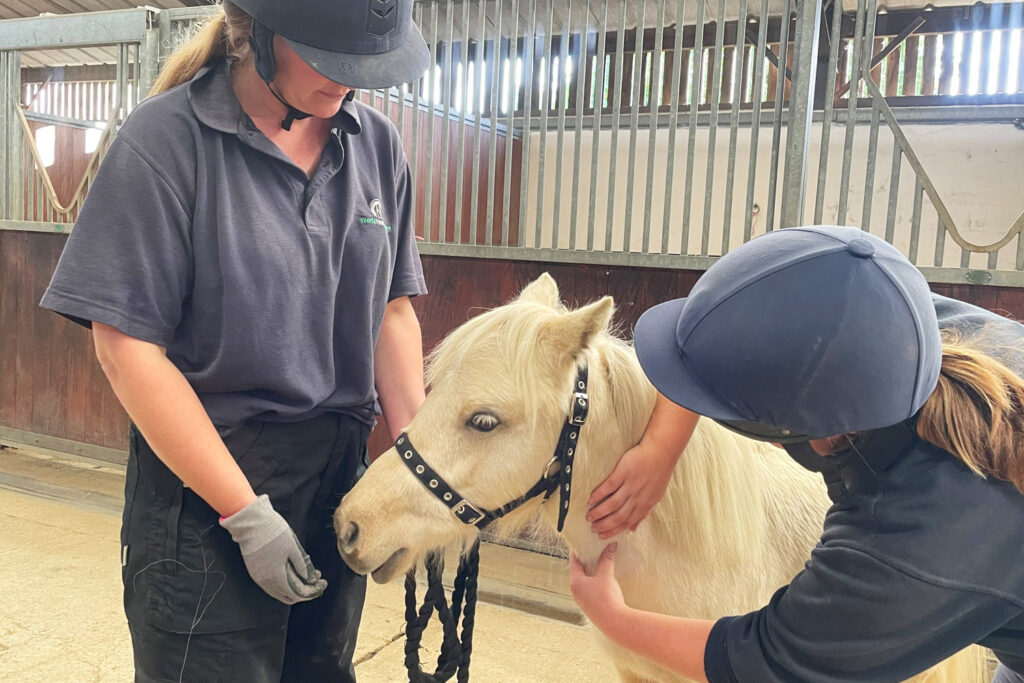
Remember, it’s key that you reward very precisely the behaviour you want – the horse remaining still and relaxed – as, otherwise, you could inadvertently reinforce the behaviour you don’t want. If in doubt, you can always seek support from a qualified equine behaviourist who can work with you and your horse to ensure a safe, successful outcome.
You can find a helpful video by vet and equine behaviourist Gemma Pearson about how to use clicker training to help a needle-shy horse and a webinar about how to restrain horses appropriately. You can also find a list of equine behaviour practitioners on the Animal Behaviour & Training Council website.
Topics
Related Blog Posts

Plan for an emergency when you’re not around – help us to help your horse
Deputy Chief Field Officer Jon Phipps has top tips for owners on making plans just in case your horse injures themselves when you’re not there.
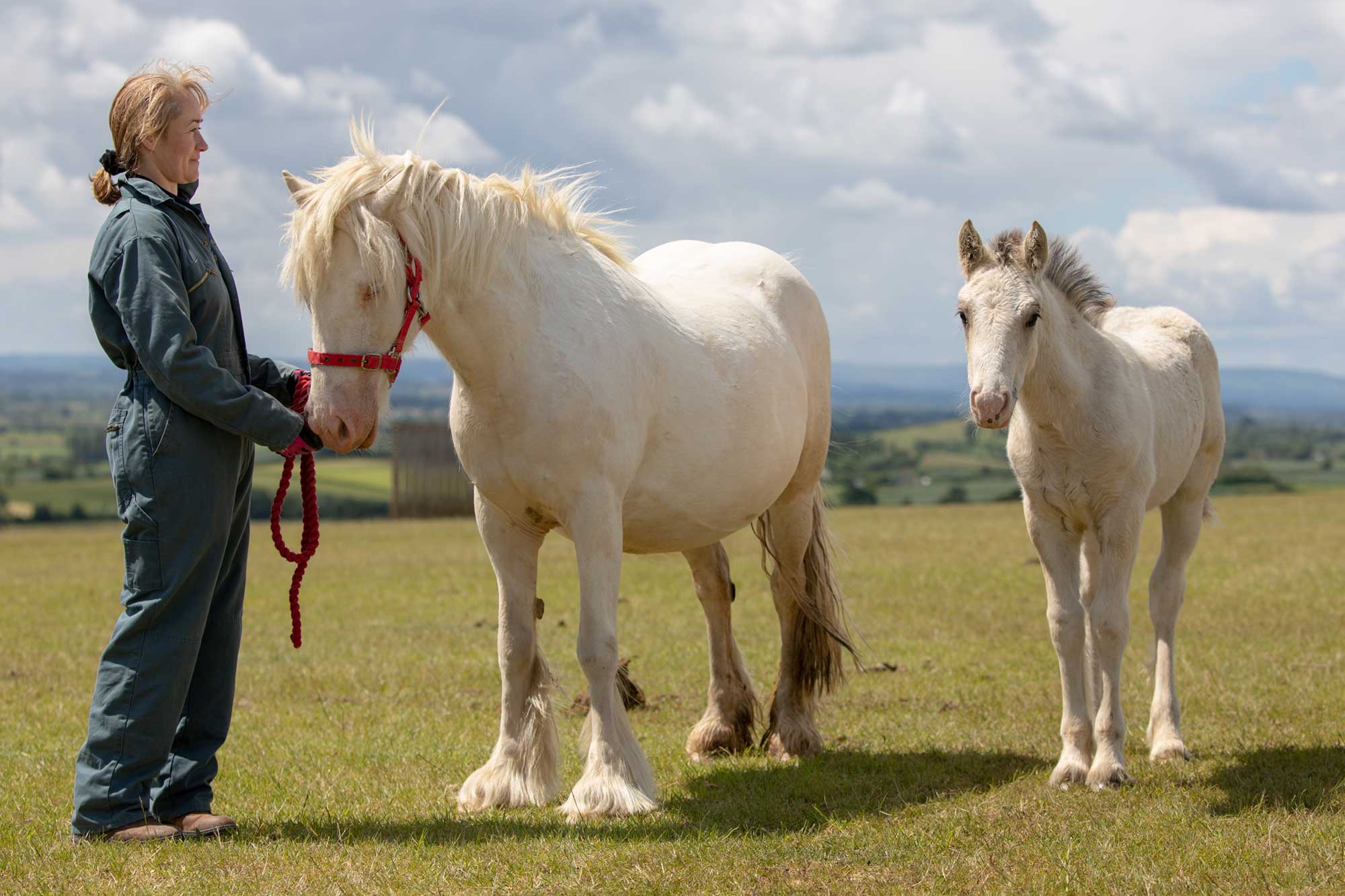
What does biosecurity mean and how do you quarantine a new horse?
Research and Education Officer Alana Chapman shares simple steps you can take to prevent an outbreak of disease on your yard.
Recommended News Articles
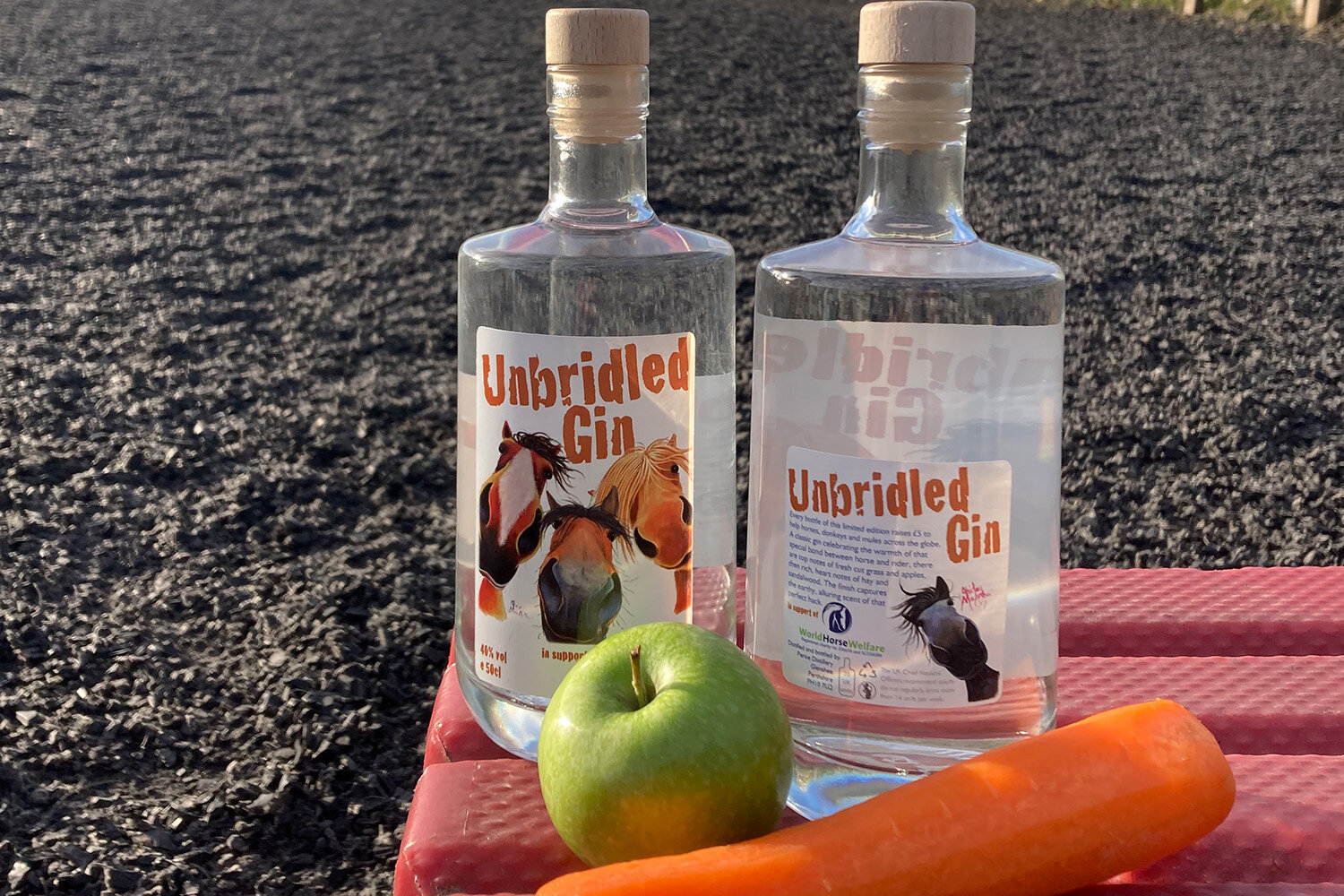
Persie Gin: new corporate supporters
Playful, horse-themed botanicals for World Horse Welfare exclusive bottling.

October is Rehome A Horse Month
World Horse Welfare champions the benefits of rehoming while asking the public 'Why buy when you can rehome?’
Enjoy reading stories like this?
Join over 65,000 other horse lovers and sign up for our email newsletter

Join over 65,000 other horse lovers and sign up for our email newsletter
Sign me up now
